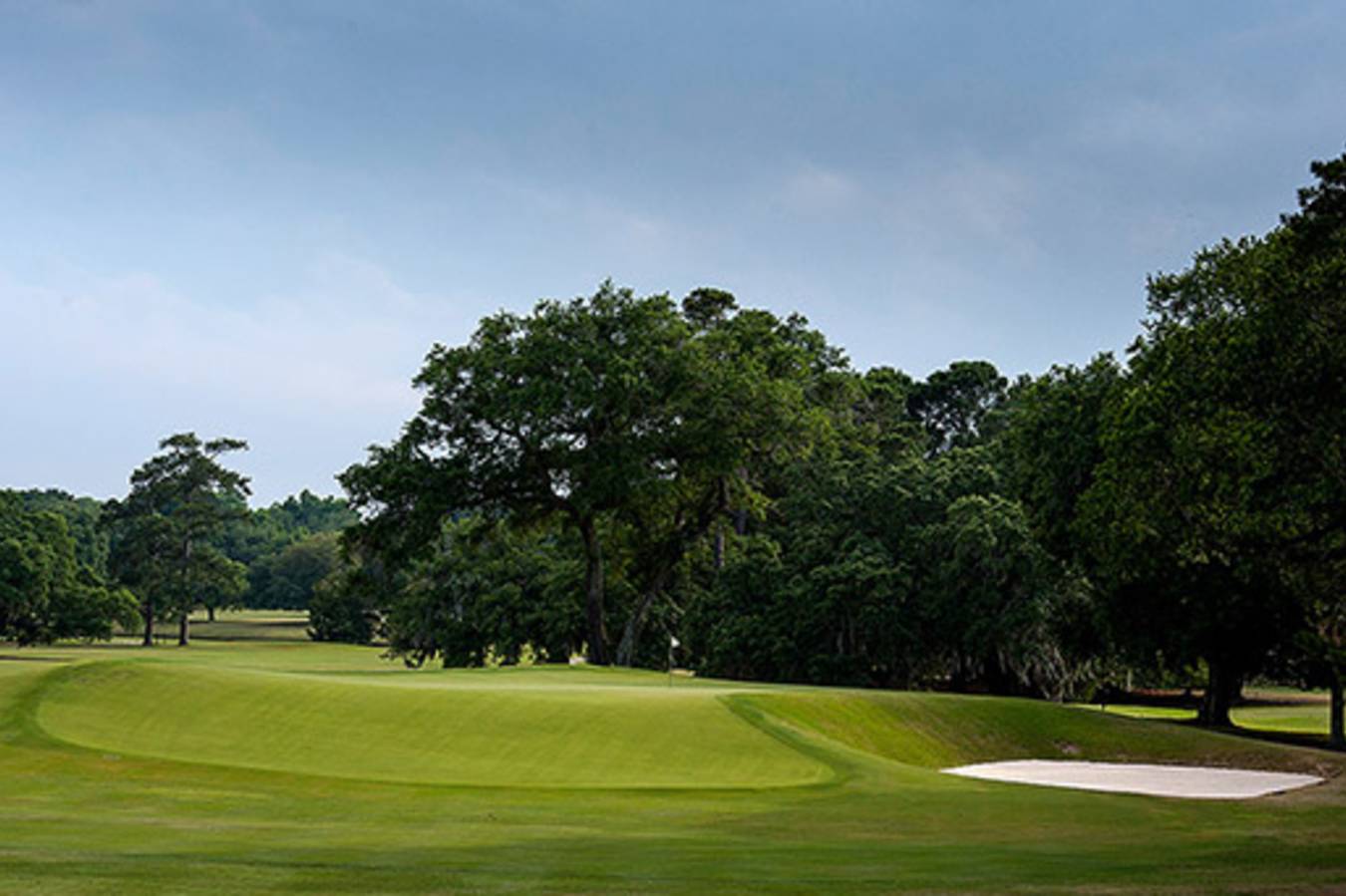If you’ve never played a Seth Raynor-design golf course, you need to.
Put it on your bucket list.
It’s not easy, although Raynor designed 100 courses in the United States starting back in 1914 — many are private clubs.
Such is the Country Club of Charleston — an historic course in a very historic city in South Carolina. It is the site of this week’s U.S. Women’s Open.
Two words to advice — buckle up and bring your short game and imagination.
Charleston is a city that found golf early. Scottish merchants started playing the game there in 1739 and they were named the Charleston Golfing Society.
By 1900 things started getting really organized. By 1922, the Club had acquired its present location on the McLeod Plantation consisting of 900 acres on the Ashley River. The land planning for the property was conducted by the Olmsted Bros. landscape design firm. The brothers recommended an architect named Seth Raynor to design the club.
Raynor was mentored by the famous C.B. McDonald. Raynor was a rising design star. He designed other renowned courses including Fisher’s Island, Yale, Camargo, Sleepy Hollow and Monterey Peninsula.
Which brings us back to Charleston.
This week you might want to tune in and watch the play at the famous, or infamous, depending on who you listen to, 11th hole. It is a 171-yard par three and it is a “Reverse Redan” hole.
Raynor, like his mentor, McDonald, took famous holes from Scotland and England and brought them to America.
One of Macdonald and Raynor’s most famous hole replications was the Redan, which is fittingly defined as a fortification or a well-guarded fortress.
One of the world’s most famous Redan holes is the par-3 15th hole at North Berwick Golf Club in Scotland. It plays 178 yards and is a work of art. (Proud of have made three there when we played it two years ago).
The 11th at Charleston Country Club is devilish at best.
Sam Snead made a 13 there and it cost him the title at the old Azalea Open, a tournament that used to be played the week before The Masters.
Ben Hogan once said that Charleston Country Club had 17 great holes, the 11th obviously wasn’t one of them in Hogan’s mind. He suggested that five sticks of dynamite would be needed to improve the hole.
The tee box at the 11th sits on a former wartime embankment and looks down on what may be boldest rendition of the Redan — in reverse. The green angles and slopes from left to right and runs away from players. It’s built up close to 15 feet and guarded on the right and left by treacherous bunkering and in front by a vicious false front. The hole requires a perfect tee shot to make birdie. Misses in the bunker make for difficult bogeys, and those who miss right or short face challenging up-and-downs. The only bail-out is long, where players earn a chip back up the slope.
The men’s game has rendered many famous designs too short with today’s ball and equipment.
The women’s game does not.
This Southern genteel jewel is a great one.
Should be fun.
A Seth Raynor course is all that and some.
Put one on your bucket list. You’ll be glad you did.






































